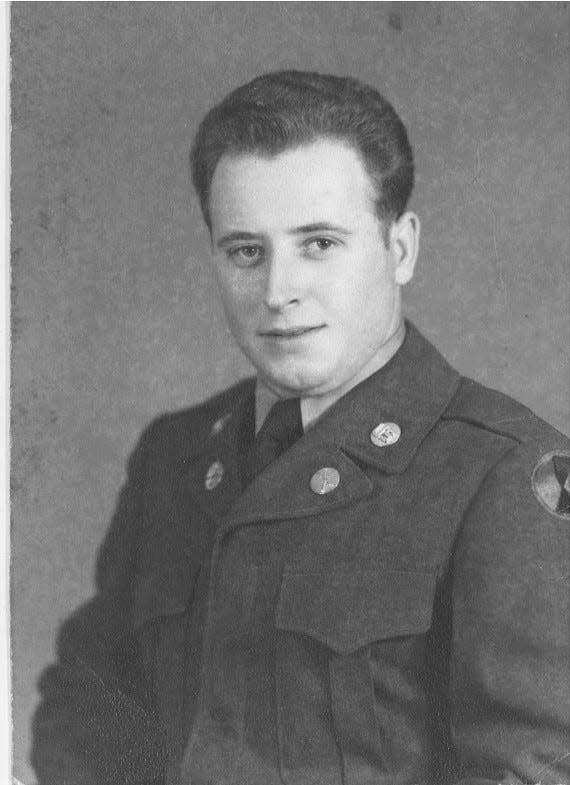Veterans column: Newark's Nickells survives the 'Tiger Death March' in Korea

On Oct. 31, 1950, Corporal Walter Nickells was in a group of 850 POWs and civilians near Manpo, North Korea. They were already weak and sick having been fed poorly and given little medical care the last three months, but the horrors of Halloween wouldn’t compare to what they were about to encounter.
They were to be taken further north to a camp on the south bank of the Yalta river and were turned over to the control of a North Korean Major, Chong Myong Sil. By all accounts left by survivors of the march, the major was so brutal that he was nicknamed "The Tiger." The march would later be referred to as The Tiger Death March. In an article in The Daily Oklahoman which was published Aug 1, 2002, three survivors recounted their experiences.
Lt. Ralph Culbertson related his introduction to the man they would call the Tiger when he took command. “The Tiger a big man with a scar on his right cheek, had called out an officer among the prisoners and spoken to him through an interpreter. He then flicked the officer's cap from his head, jutted a rifle barrel against his skull, and fired.” The temperatures were cold, at night they were subzero, the prisoners were barefoot and many of the men had their shirts taken as well. Once a day, they were fed a baseball-sized serving of rice. Even with these conditions, the Tiger had one rule, “keep pace or die.”
One of the first victims, after the march began, was an 80-year-old nun who couldn’t keep up, she was shot and killed by the guards. “On one day, the guards took 15 prisoners aside as the prison column moved on. ‘They told us they would be taken to the people’s hospital’, said Joe Gomez, ‘We were no more than a mile away if that far and we heard the gunfire.” All 15 had been killed. Survivors relate story after story of those too weak to go on being killed on the spot, some were pushed off cliffs and fell to their deaths.
The 100-mile march took them nine days to complete. The statistics of exactly how many died on the march are hard to find since no records were kept by the North Koreans. The death toll seems to have been around 100. It is worth noting that there was another Licking County serviceman in the group of POWs with Nickells. Twenty-year-old Sergeant Earl Siegmund reportedly survived the march but once in camp was taken to a North Korean police station, interrogated, and killed. His grave has never been located, so he is still considered missing in action.
In newspaper interviews that Walter Nickells did after the war, he didn’t speak in detail of the march, but did recount what it was like to be a POW after the march. In an article dated July 26, 2003, in the Newark Advocate Nickells reported that at one point they were housed in a schoolhouse, “where men just slept piled up on top of each other for warmth. In winter, it was 40 degrees below zero,” Nickells said. “The prisoners ate one bowl of millet a day. Sometimes they would get some protein when they had dog meat in their soup broth. But with dysentery and other diseases, anything they ate didn’t last inside their systems long.”
Nickells had survived the Tiger but his ordeal was far from over.
Doug Stout is the Veterans Project Coordinator for the Licking County Library. You may contact him at 740-349-5571 or dstout@lickingcountylibrary.org. His book "Never Forgotten: The Stories of Licking County Veterans" is available for purchase at the library or online at bookbaby.com & Amazon.com.
This article originally appeared on Newark Advocate: Veterans column: Newark's Nickells survives Tiger Death March in Korea
